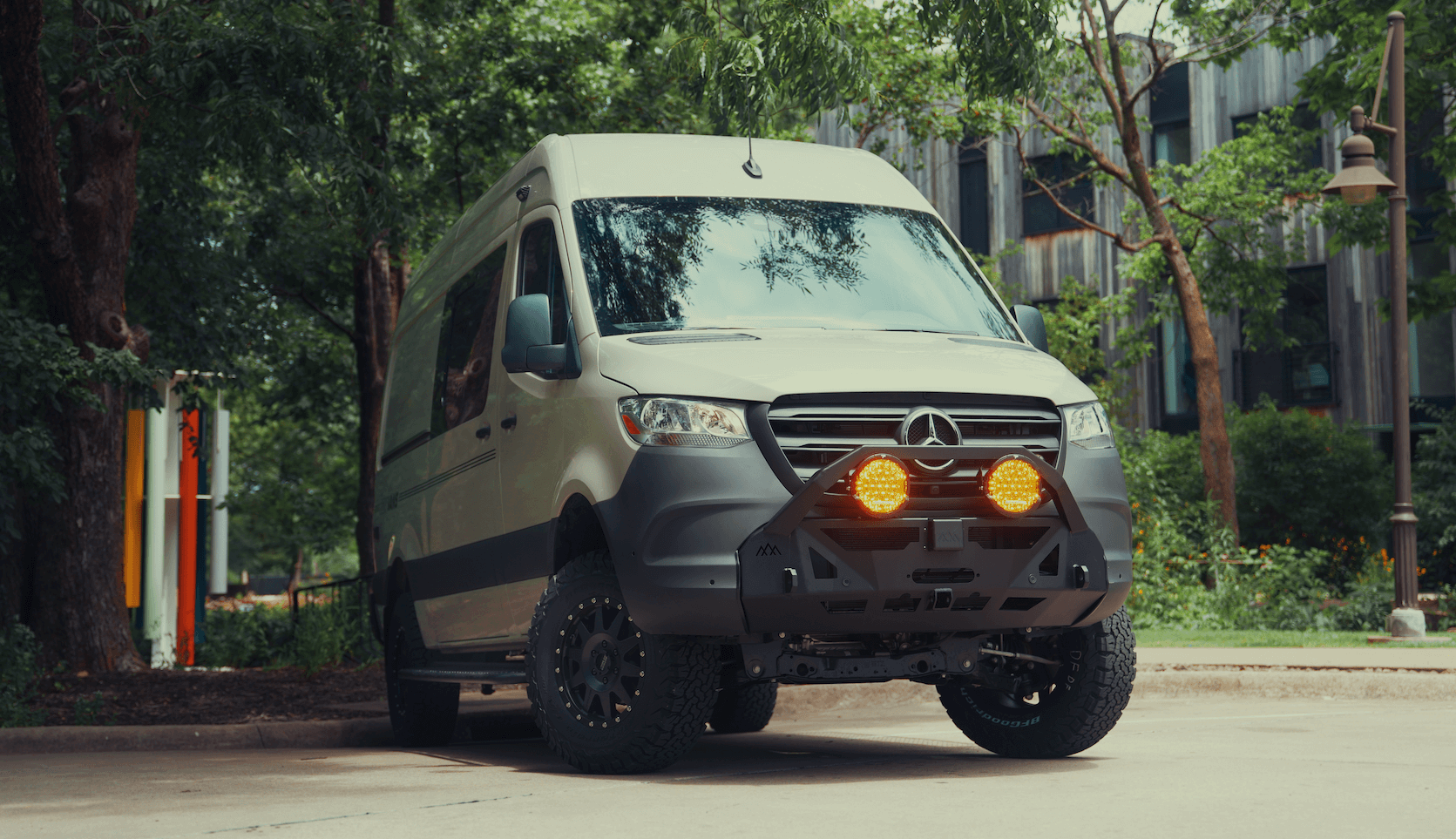Recreational Vans

Seals work quietly in the background. When they fail, the result is water intrusion, wind whistle, mildew, electrical issues, and in extreme cases structural corrosion. A solid seal inspection list gives you a repeatable routine to find small issues before they become repairs.
Start with the big offenders. Door and hatch weatherstrips compress and tear over time, especially in vehicles loaded for travel. Glass interfaces like windshield, fixed windows, and sliders can develop micro gaps that pass water under pressure. Roof penetrations for fans, racks, and antennas need periodic attention because thermal expansion and ultraviolet exposure harden sealants.
Powertrain seals also matter. Engine front main, rear main, cam and crank seals, axle and differential seals, and transmission output seals keep fluids where they belong. A slow seep can coat underbody parts, attract dust, and mask the source. Cooling system junctions and HVAC penetrations create other pathways for leaks, vapor, or noise if grommets dry out or are misaligned.
Recognize the early signs. Look for damp carpet edges, a fogged window after a wash, faint wind hiss at highway speed, or a musty odor after rain. These subtle cues help you target your inspection list with precision.
Follow a clean, consistent flow. Work from top down and front to back so you do not miss zones or track water into confirmed dry areas.
Roof and upper body
Glass and openings
Doors, hatches, and weatherstrips
Engine bay and drivetrain seals
Cooling and HVAC pass throughs
Undercarriage and body drains
Interior confirmation
Build a schedule around mileage and seasons. Roof seams and glass edges deserve a look after every major temperature swing. Door seals appreciate a quick clean and condition quarterly. Powertrain seals benefit from a glance at each oil change, while HVAC drains and firewall grommets should be checked before long travel. If you document with clear photos and short notes, you will spot trends early and fix once.
Keep your records simple. One page for exterior, one for interior, and one for powertrain. Include weather conditions during testing and any cleaning or conditioning products used. If you operate in dusty or icy environments, shorten intervals because grit and deicer are hard on rubber and adhesives.
When you want sealing done to a higher standard than factory, a professional build pays off. OZK Customs designs openings and pass throughs with service access, uses proven sealants matched to materials, and verifies the work with pressure, hose, and real world testing around Fayetteville Arkansas weather. If you are planning a travel ready rig, explore options that start with a platform built for daily use and long miles. See what fits your journey on our page for Explore recreational vans. For a ground up approach and documented quality controls, view Custom van builds. If financing a ready to upfit platform makes more sense, consider Mainstream vans available.
Strong sealing is not a one time task. It is a lifecycle practice that includes design, material choice, clean installation, and periodic verification. With the right routine, even a high mileage adventure van can remain dry, quiet, and easy to heat or cool.
If your checklist is pointing to leaks or noise, bring us your goals and let our team translate them into a sealed, road ready rig. We build, test, and document for confidence in any season. Submit the form and let us map your path to a quiet, watertight van.
Looking for more on our services
Ready for a watertight, rattle free build that stays quiet through storms and highways alike? Tell us about your van goals and let OZK Customs design and install a sealed system that is tested, documented, and road proven. Submit the form to start your custom build conversation today.
ADDRESS:
6159 E Huntsville Rd, Fayetteville, AR 72701
PHONE:
(479) 326-9200
EMAIL:
info@ozkvans.com